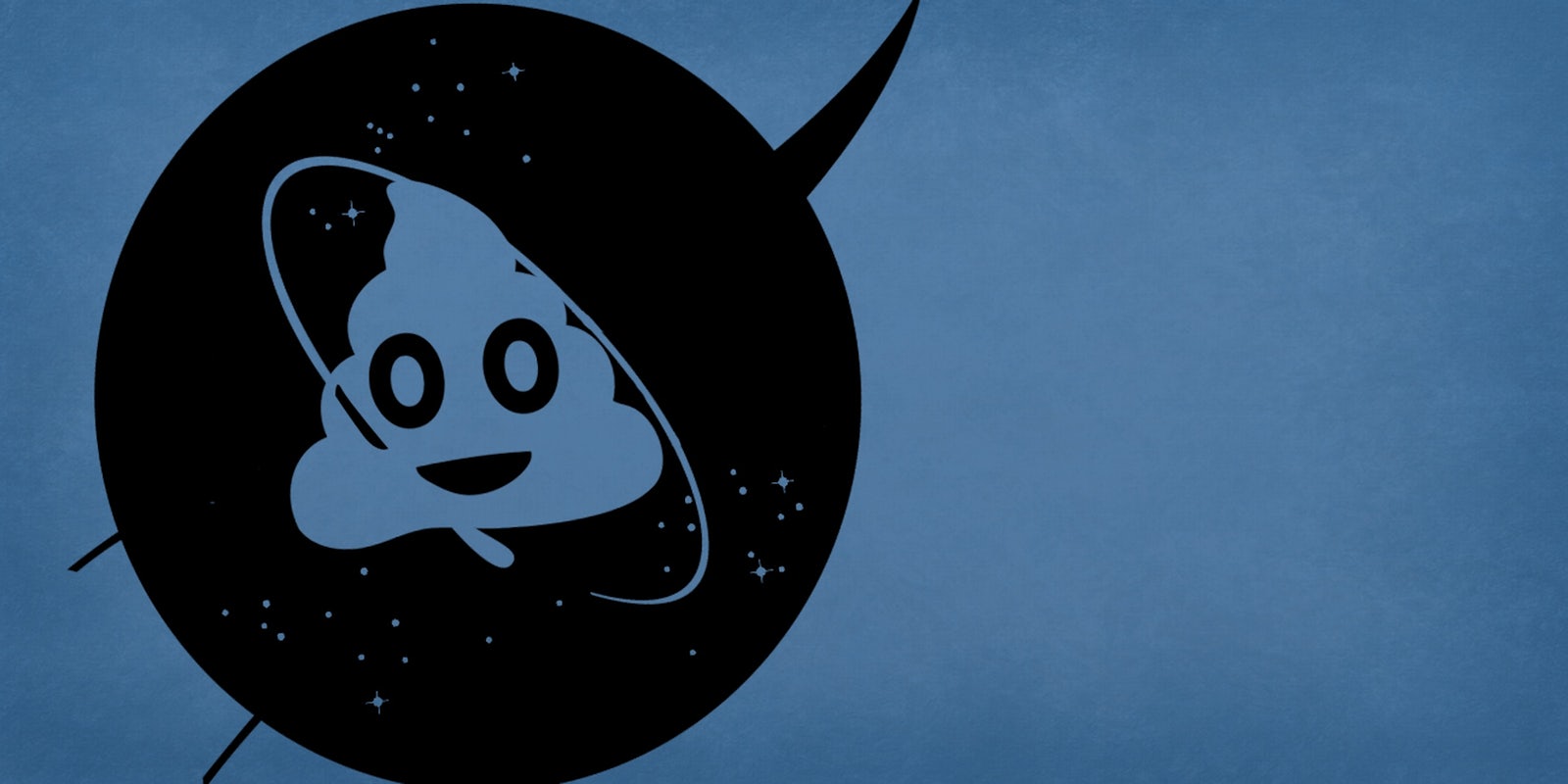You may have trouble digesting NASA’s latest efforts with astronaut food.
The American space agency has granted Clemson University scientists $200,000 a year for their research turning human waste into edible food. The work is lead by Dr. Mark Blenner, whose lab takes a molecular-level approach to bioprocessing. Put another way, he and his team are using microbes to turn poop into dinner.
Blenner’s research—titled “Synthetic Biology for Recycling Human Waste into Food, Nutraceuticals, and Materials: Closing the Loop for Long-Term Space Travel”—might not strike you as worthy of an annual $200,000 investment, but it’s no moonshot. According to NASA, the set of sponsored projects all meet criteria for “space technologies that are high priorities for NASA missions.”
“Technology drives exploration, and investments in these technologies and technologists is essential to ensure NASA and the nation have the capabilities necessary to meet the challenges we will face as we journey to Mars,” explained Steve Jurczyk, associate administrator for NASA’s Space Technology Mission Directorate. “The faculty selected and their colleagues help assure a robust university research community dedicated to advanced space technology development.”
Why is NASA so keen on the unsettlingly sustainable project? For one, it’s expensive to bring anything into outer space, let alone the massive amount of food that would be required to get a human crew to Mars or other distant bodies. If humans are to stay in outer space for the vast amount of time required to travel to Mars or other distant bodies, they need to be able to generate their own food in zero gravity.
Previously, everything astronauts ate in outer space had to be brought into orbit with them, but just last week astronauts successfully harvested and consumed lettuce that had been grown entirely in zero gravity for the first time. If humanity is to explore outer space in a meaningful way, it needs to solve the problem of generating food while abroad in the cosmos, and space-farming is one such solution.
The other solution, it seems, is manufactured within each of us.
H/T NASA | Illustration by Fernando Alfonso III


